
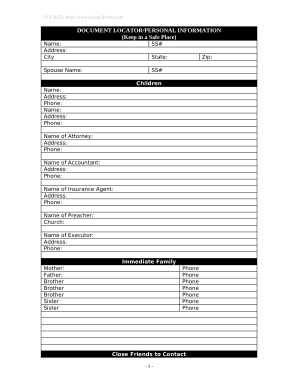
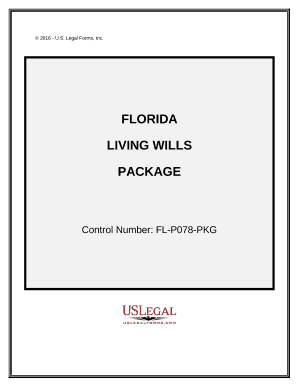
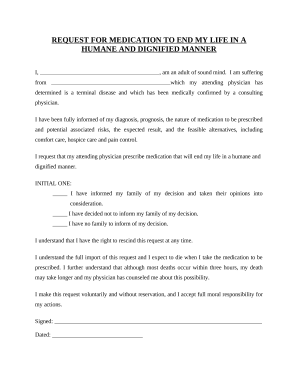
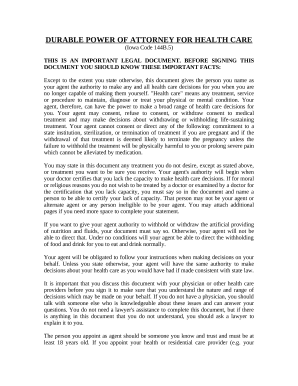
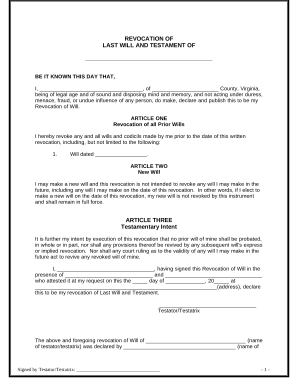
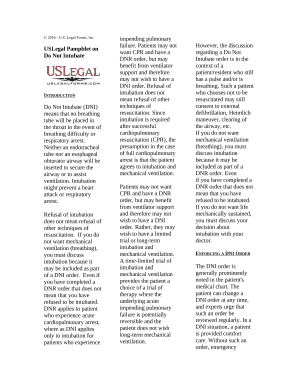
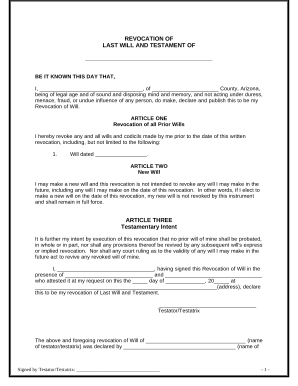
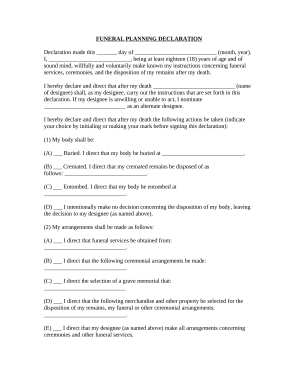
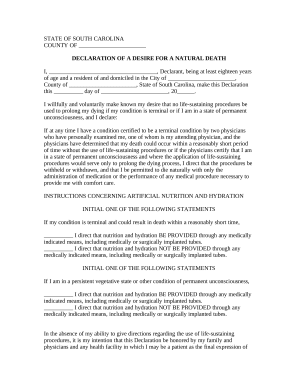



Your workflows always benefit when you are able to get all of the forms and files you may need at your fingertips. DocHub provides a a large collection document templates to relieve your everyday pains. Get a hold of End of Life Decisions category and quickly find your document.
Start working with End of Life Decisions in several clicks:
Enjoy smooth record management with DocHub. Discover our End of Life Decisions collection and discover your form today!